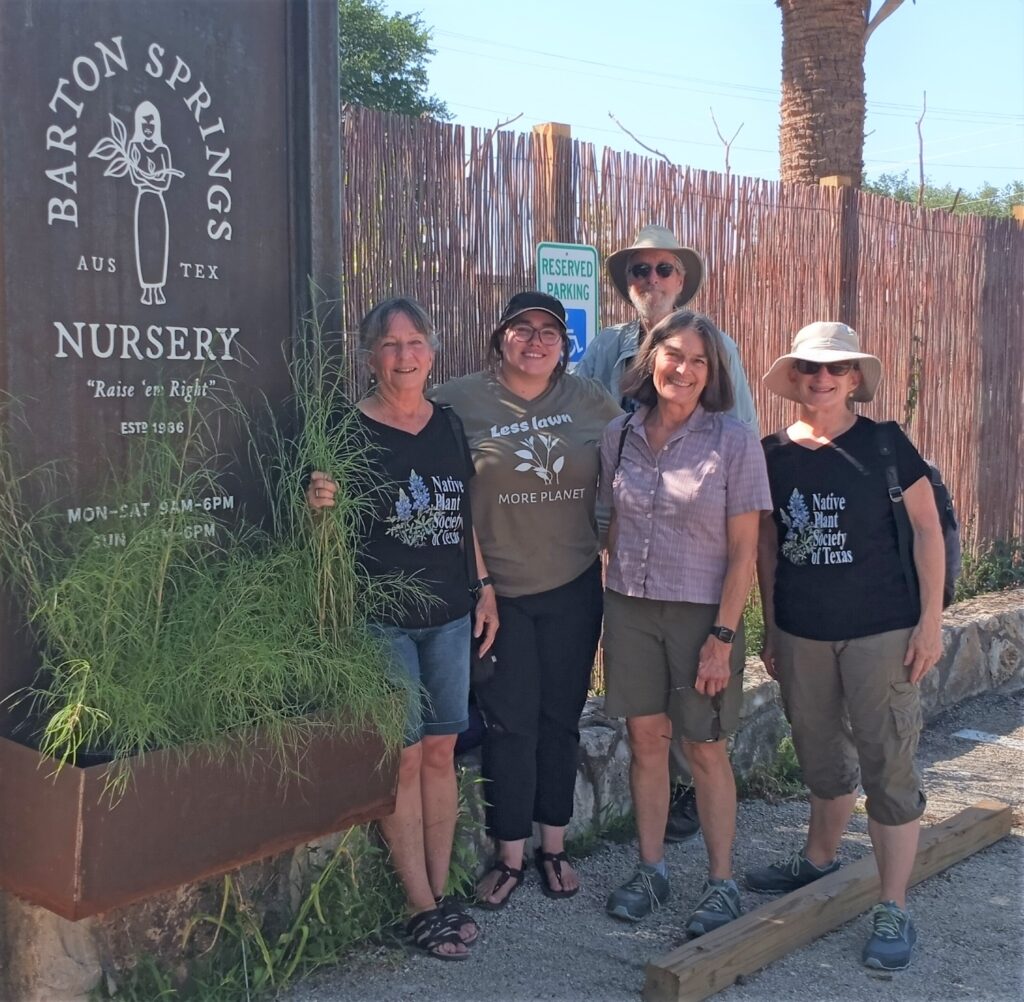
Become a Member
To join the NPSOT Austin chapter, complete the online NPSOT membership application and choose Austin as your home chapter.
Member Perks
Membership has its privileges!
- As part of your membership you will receive the “Native Plant Society of Texas News,” the official publication of the Native Plant Society of Texas.
- Chapter members are also given the first opportunity to participate in special activities such as plant walks and volunteering for plant sales. Please join our mailing list here to receive these invitations.
- Participate in monthly meetings on various topics of interest to our members in Central Texas
- Discounts on registration fees for our classes, symposiums and other events.
- Best of all you become an important part of a statewide community with over 3000 members, who are united in our mission to promote Texas native plants.
Join Our Mailing List
Stay up to date on our activities: join the Austin Chapter Mailing List now!
Join Austin NPSOT on Facebook
Find the Native Plant Society of Texas–Austin Chapter on Facebook and join in the conversation! We have a very active community of members who love sharing and learning.
Become a Volunteer
Membership is not required to volunteer, so let us know how you would like to get involved! Just complete the Volunteer Form to let us know how you are interested in donating your time. We can’t wait to meet you!
